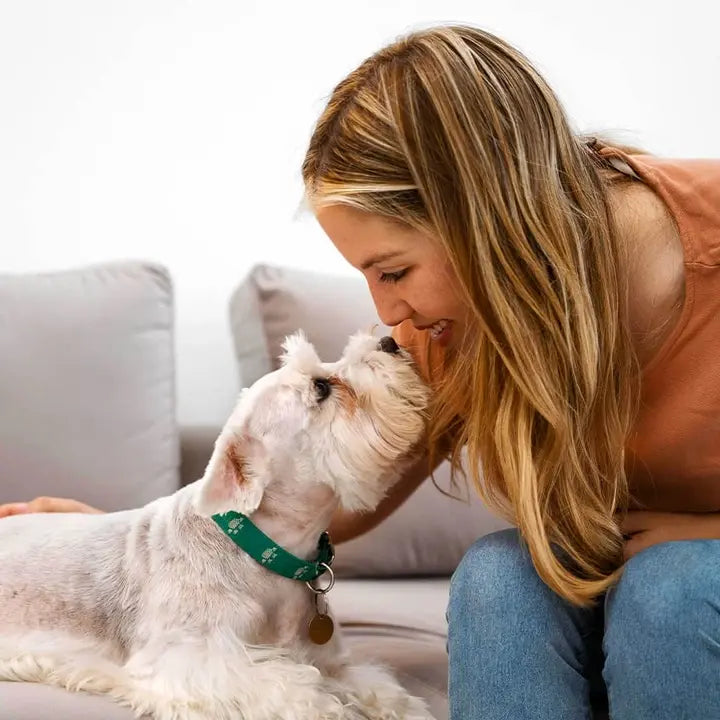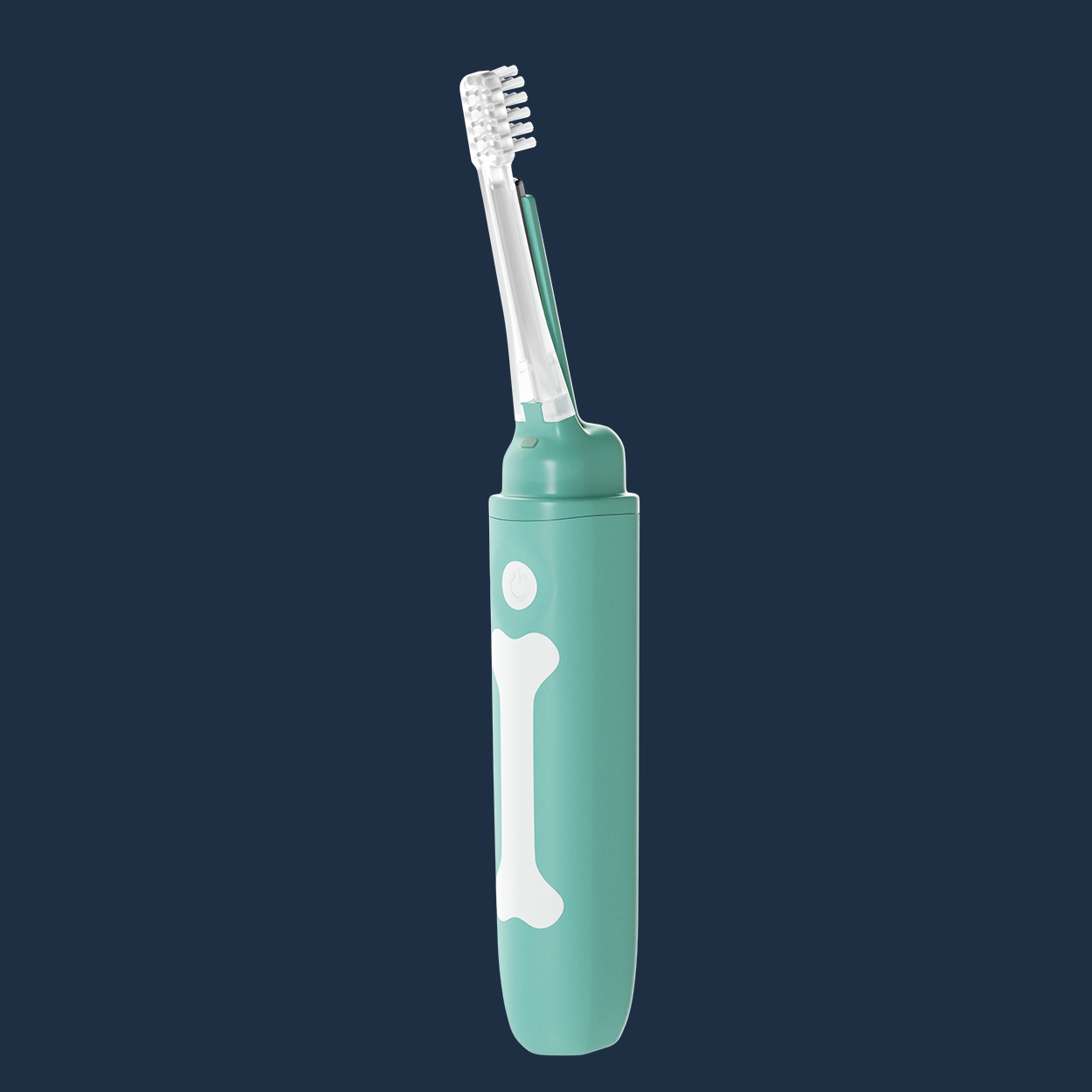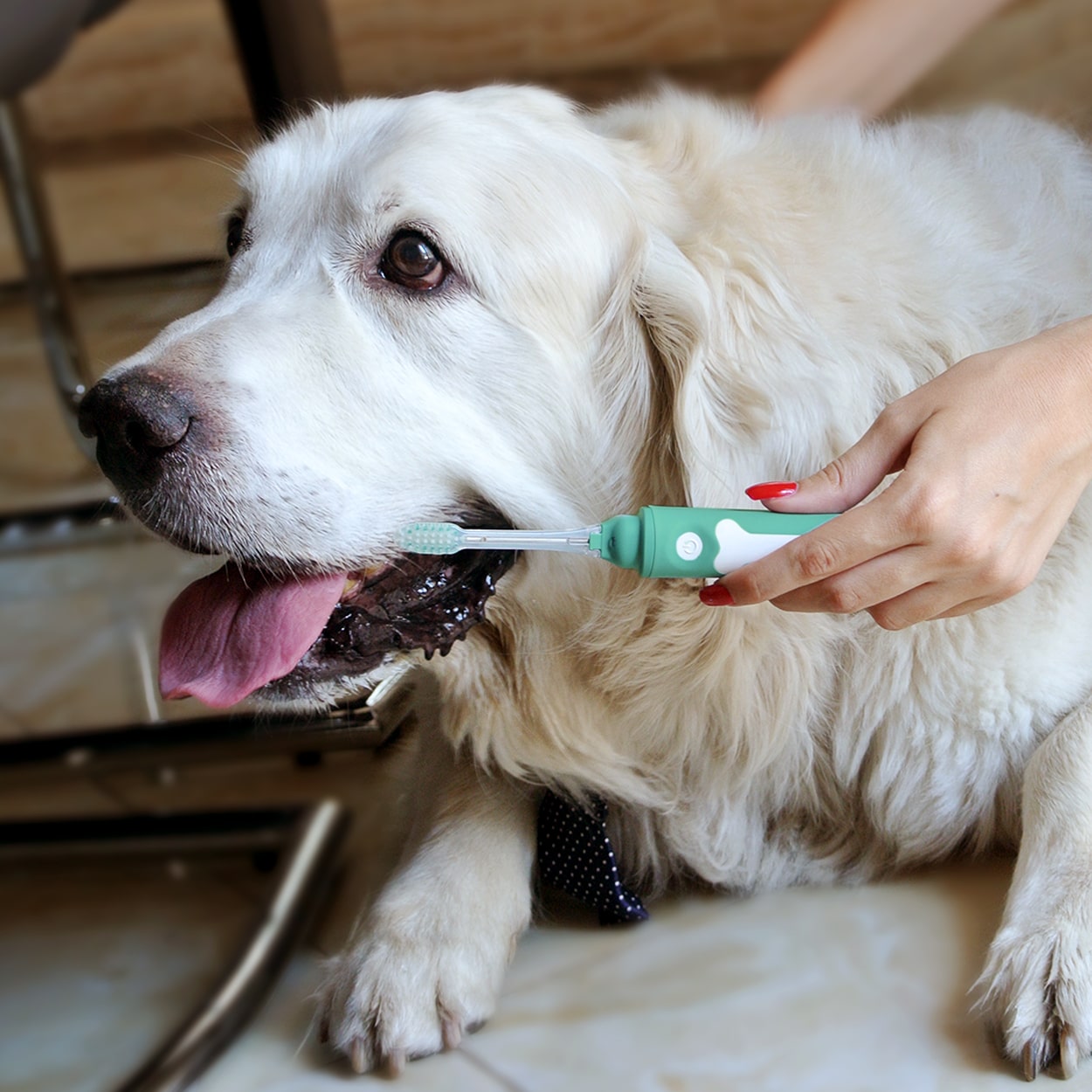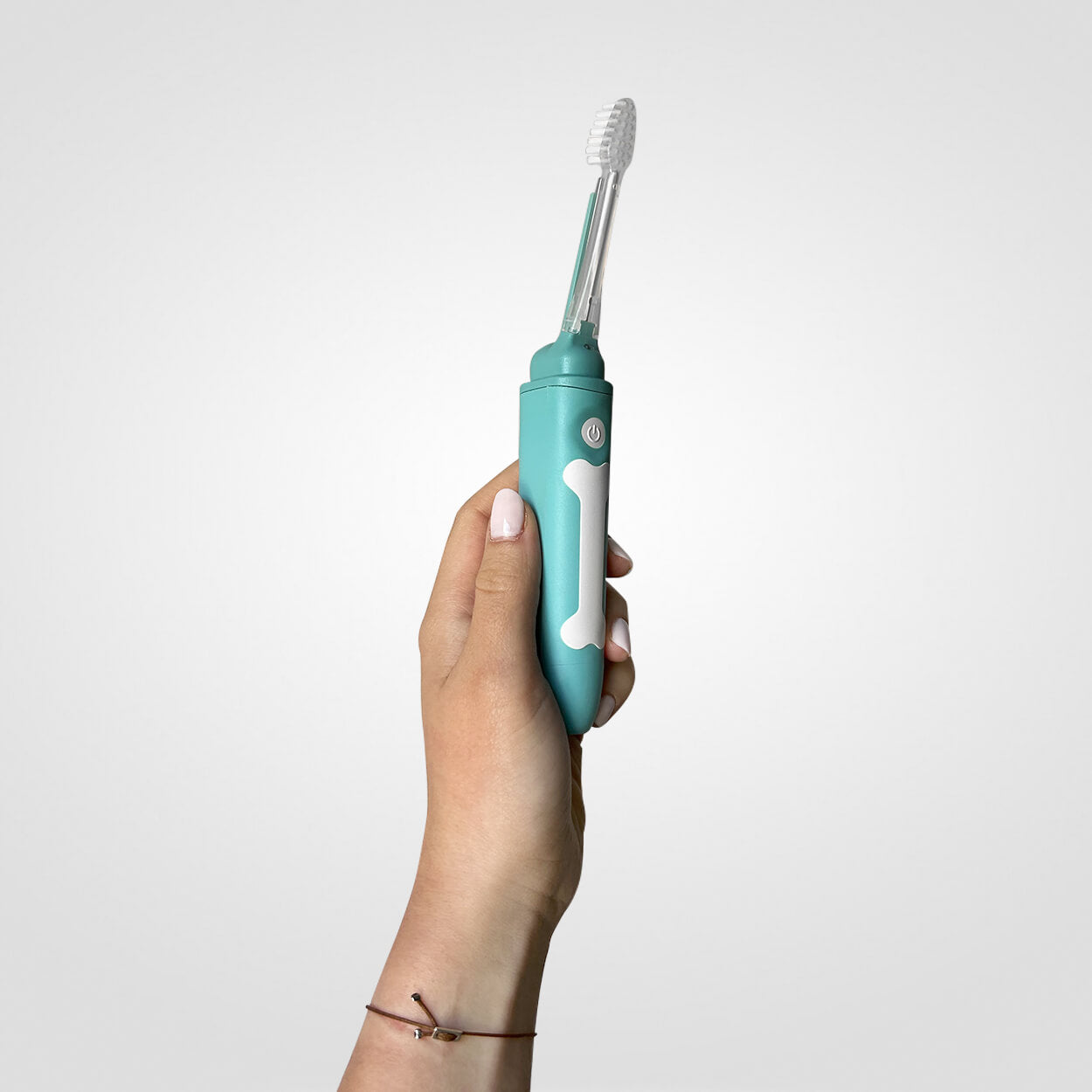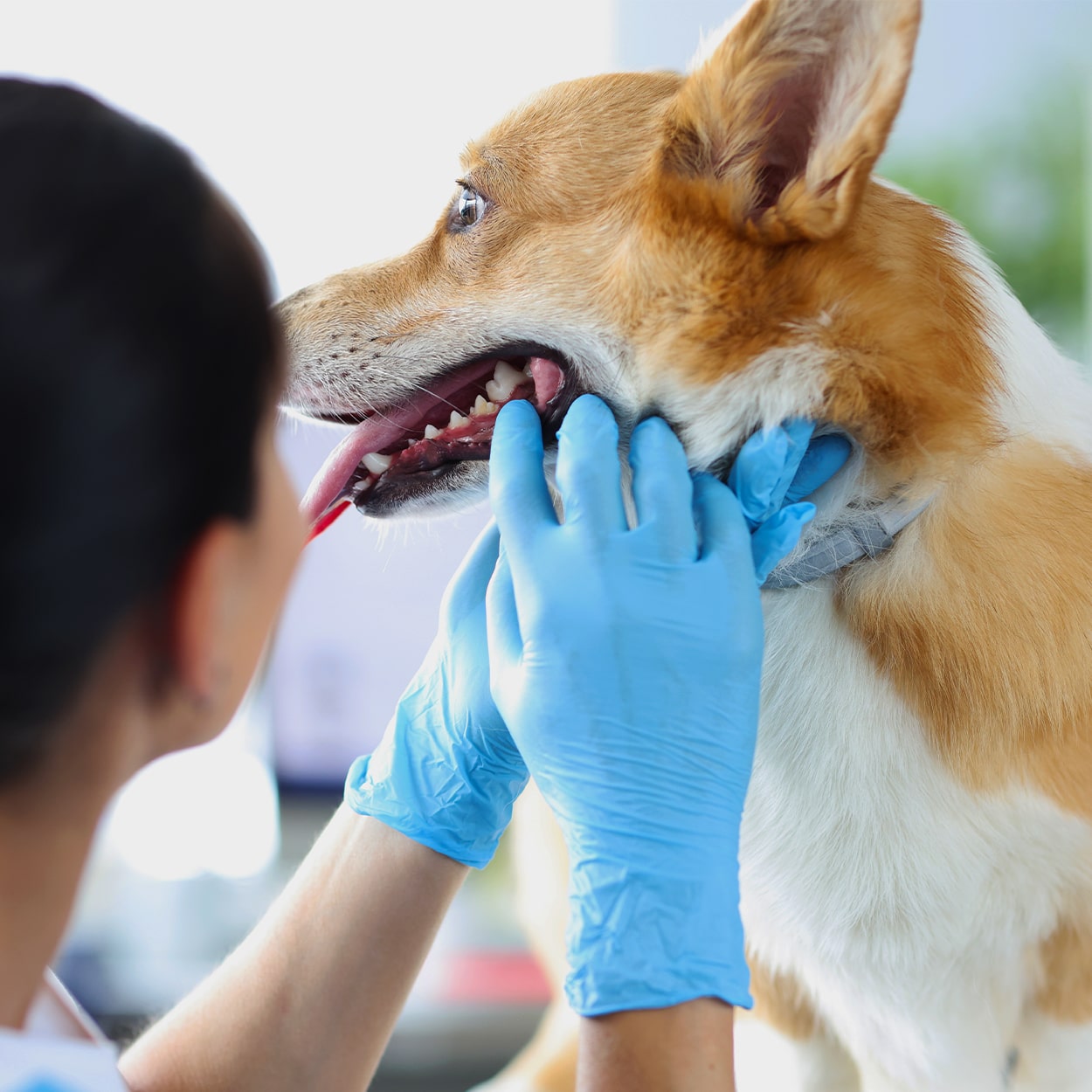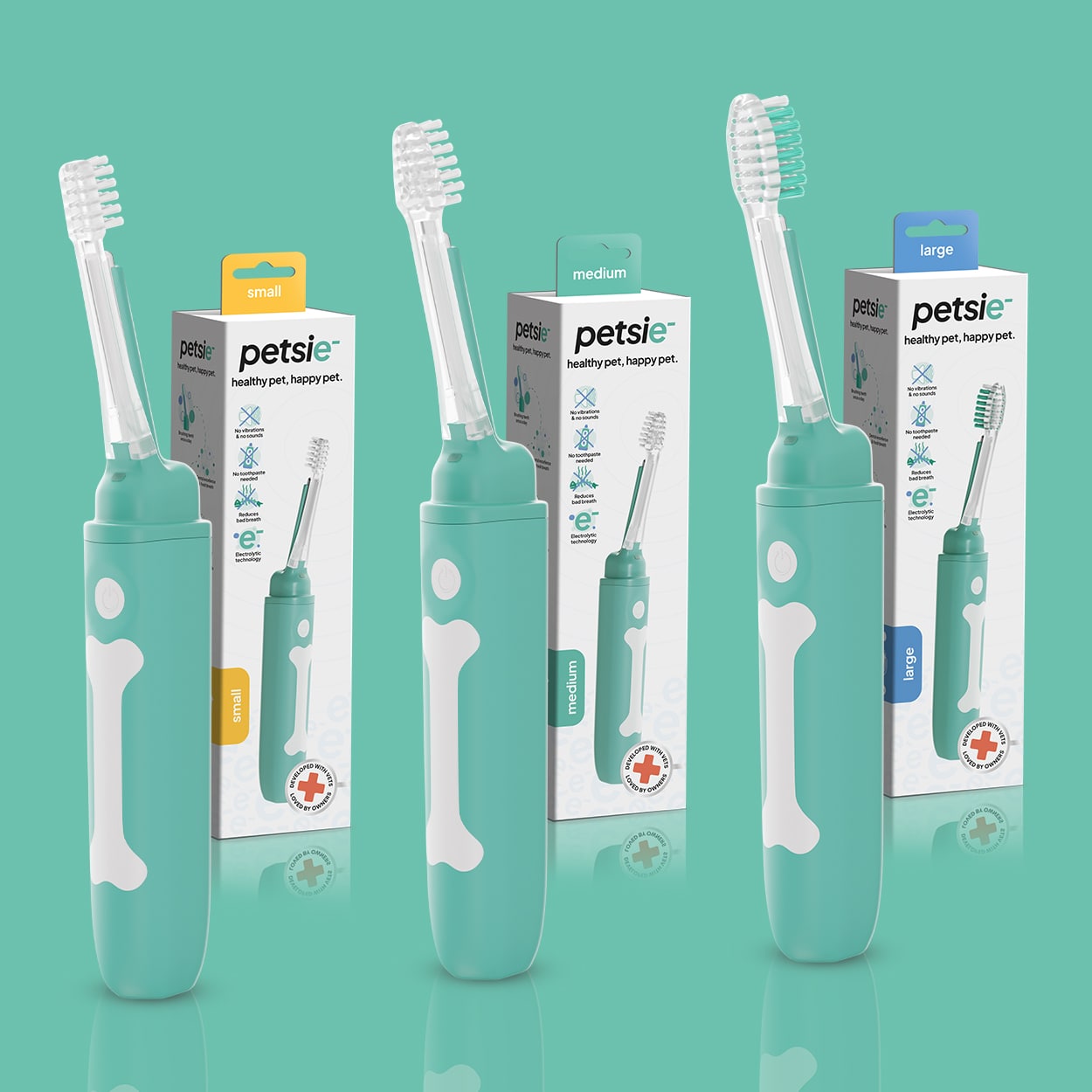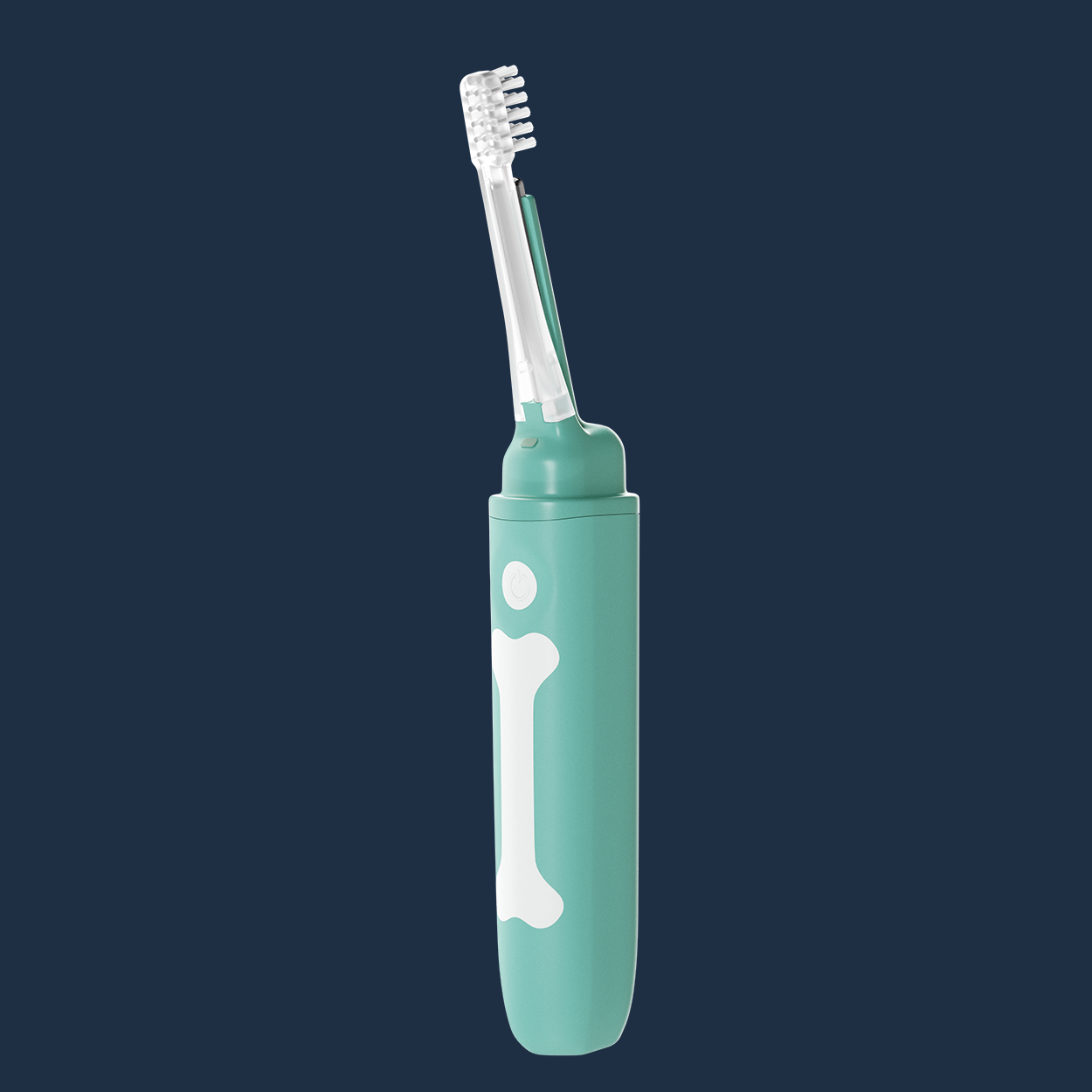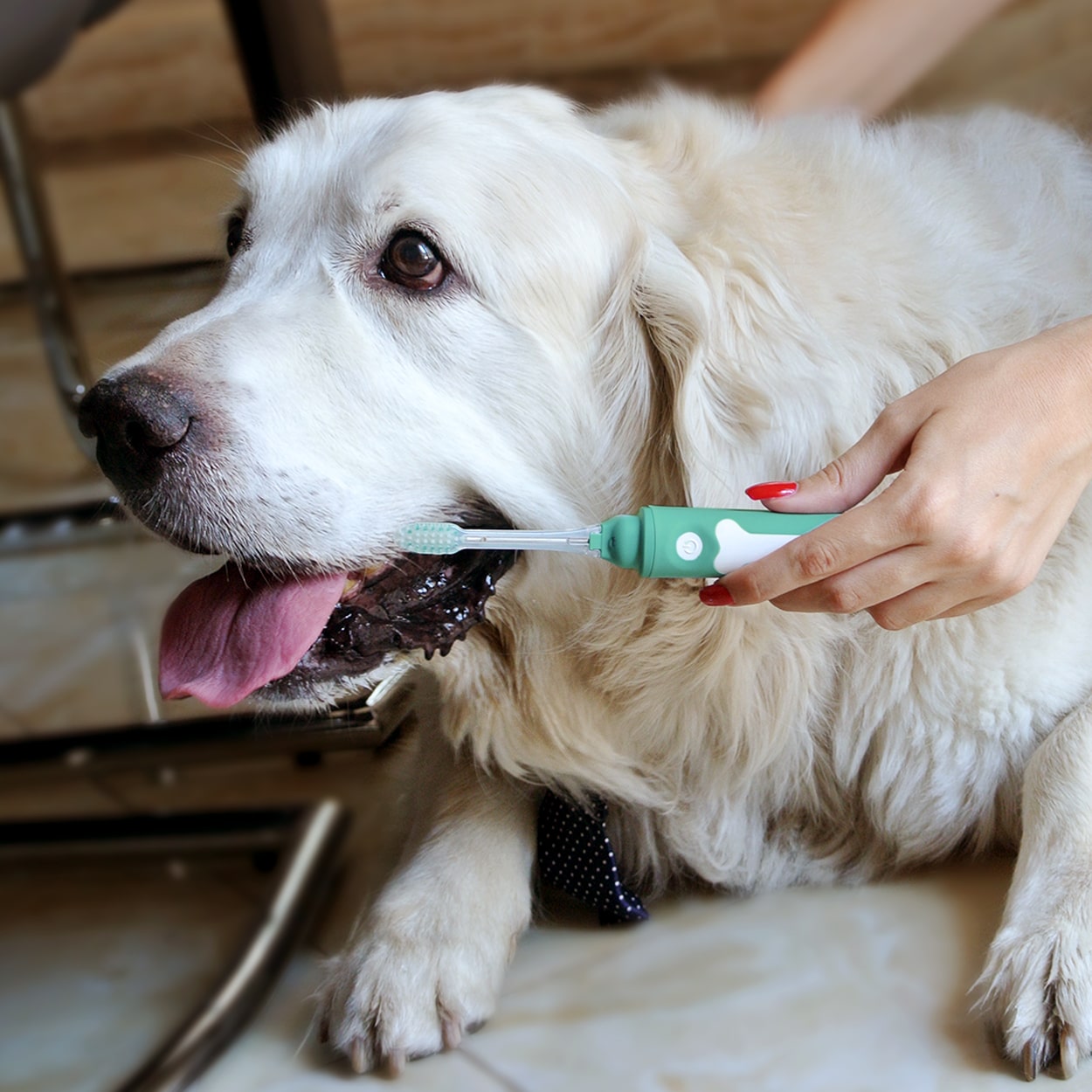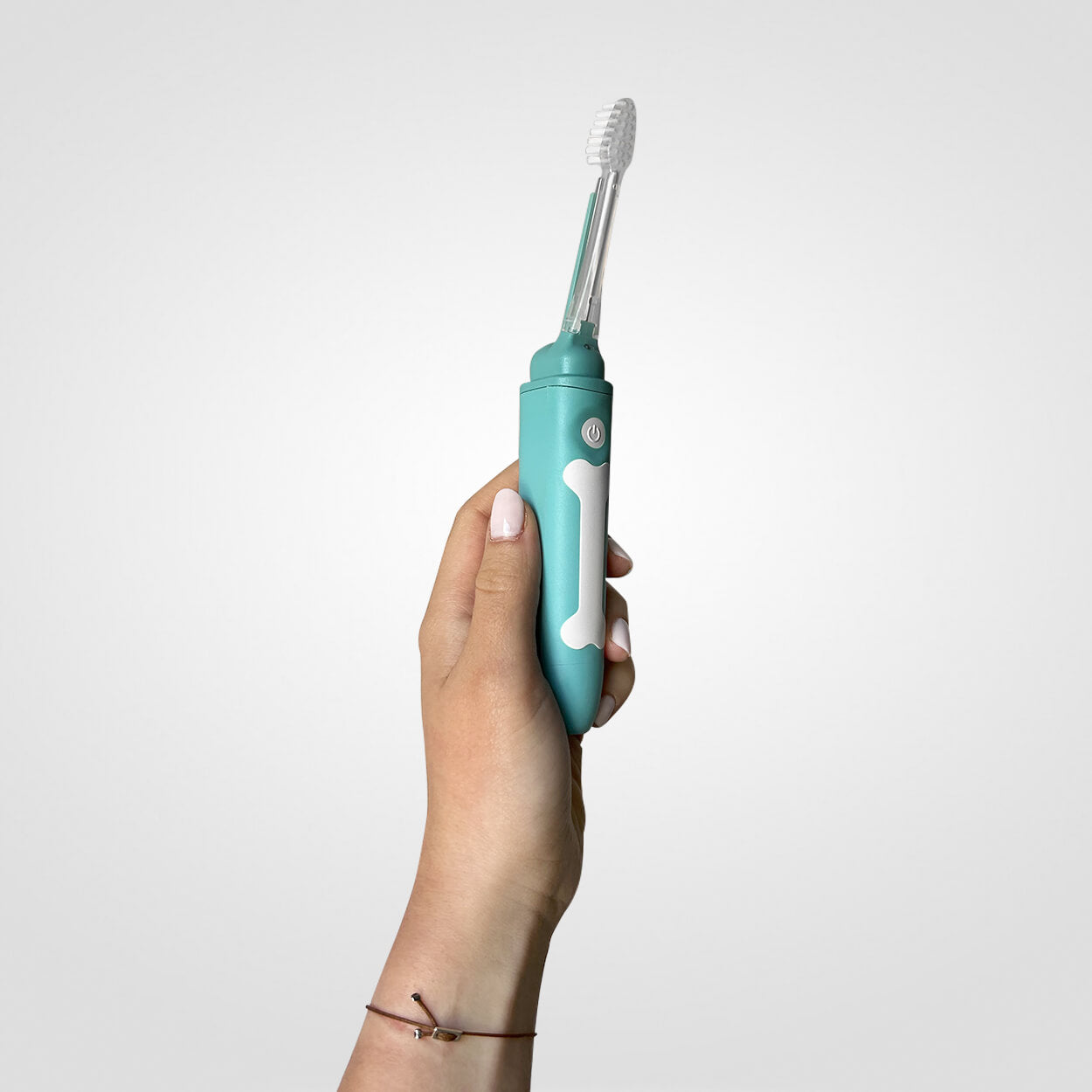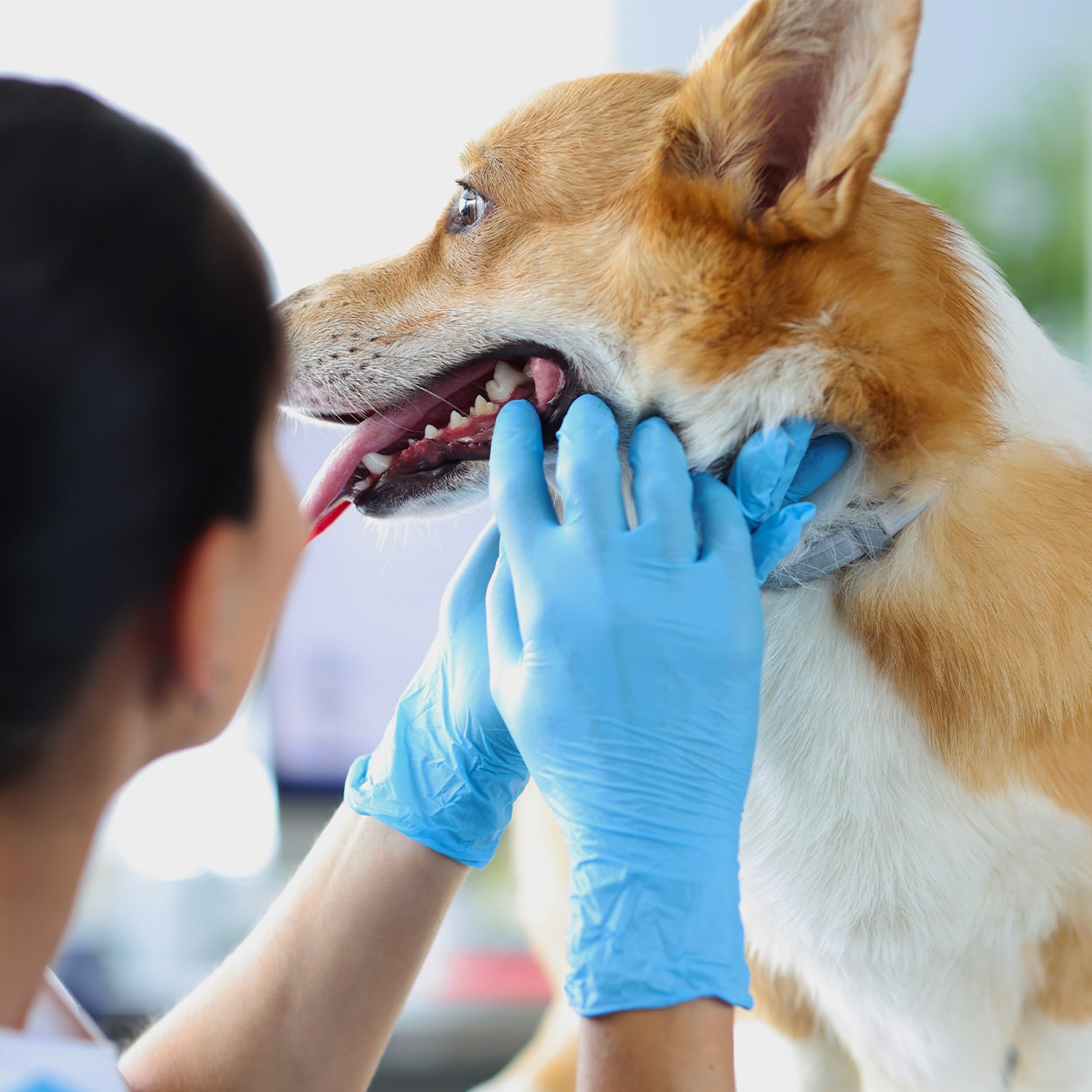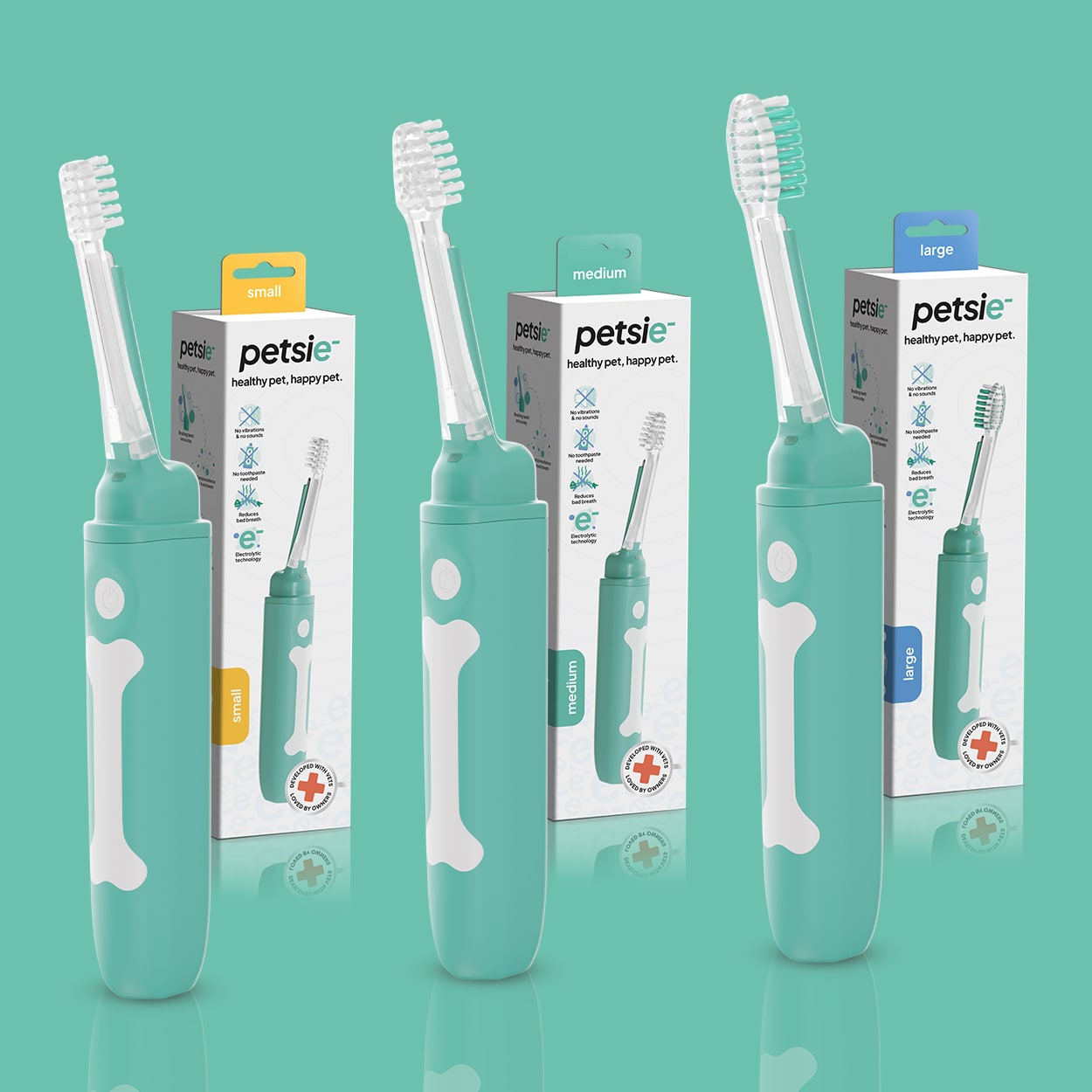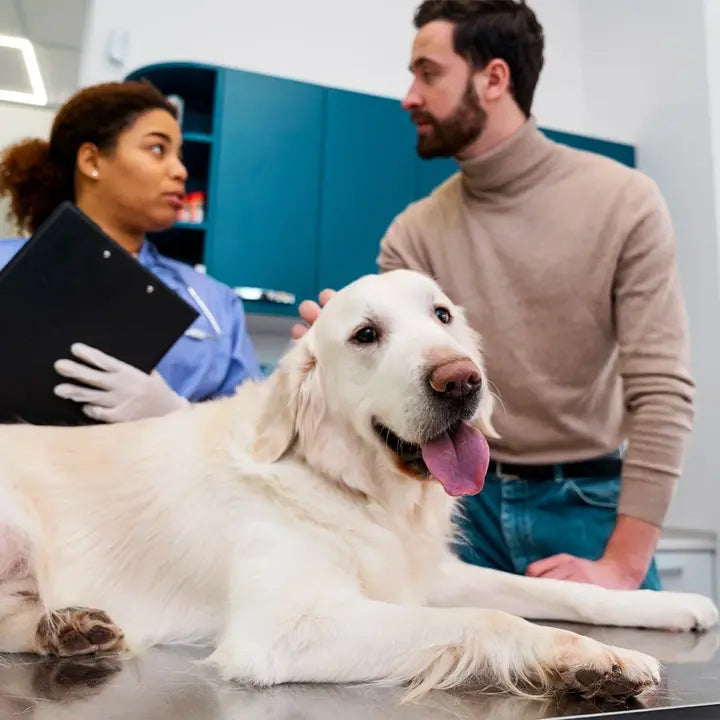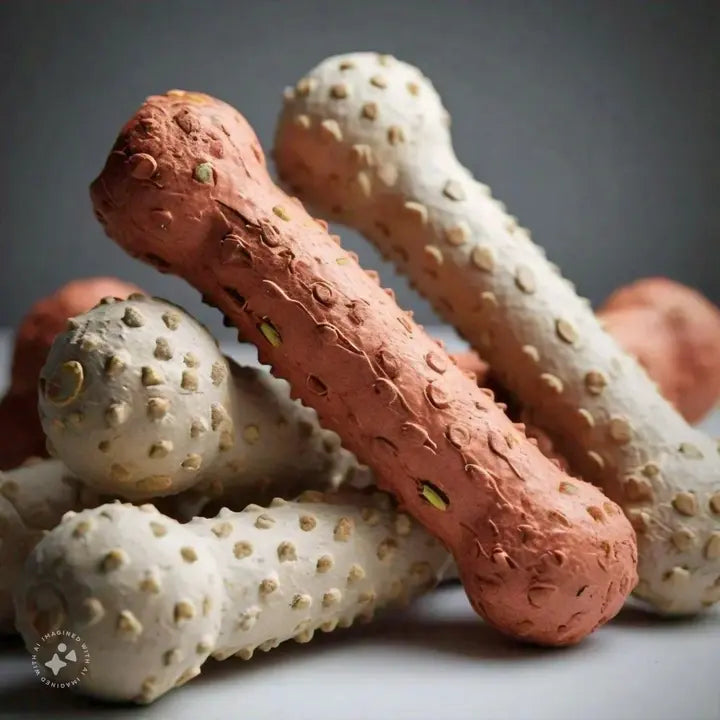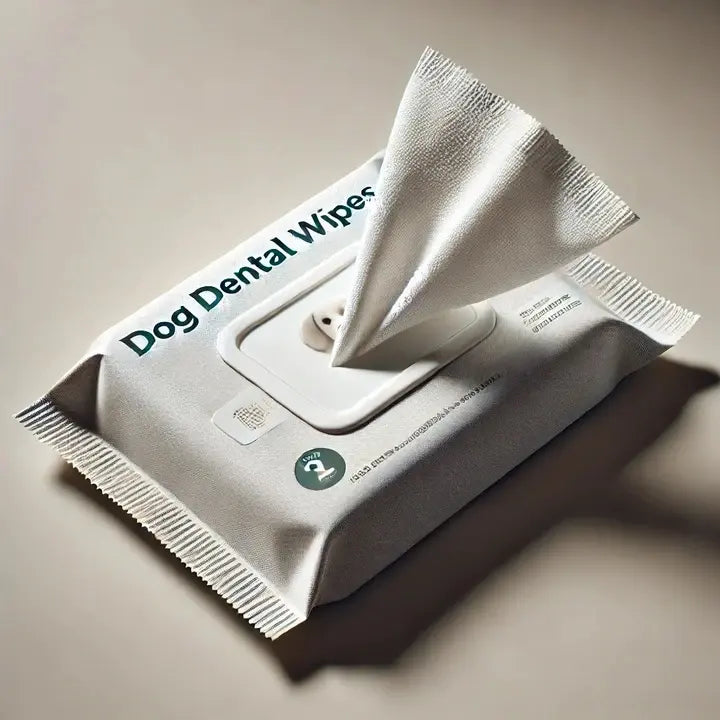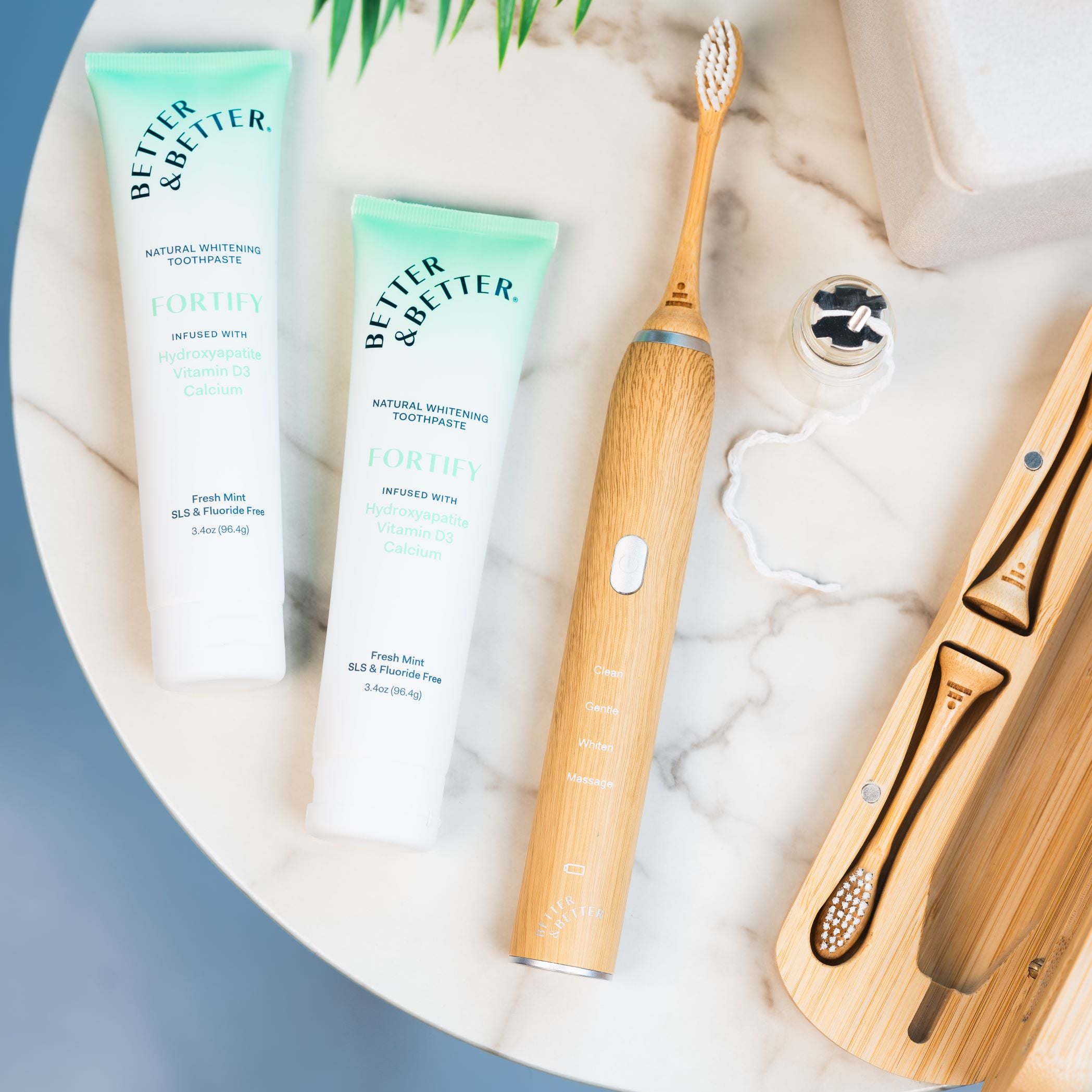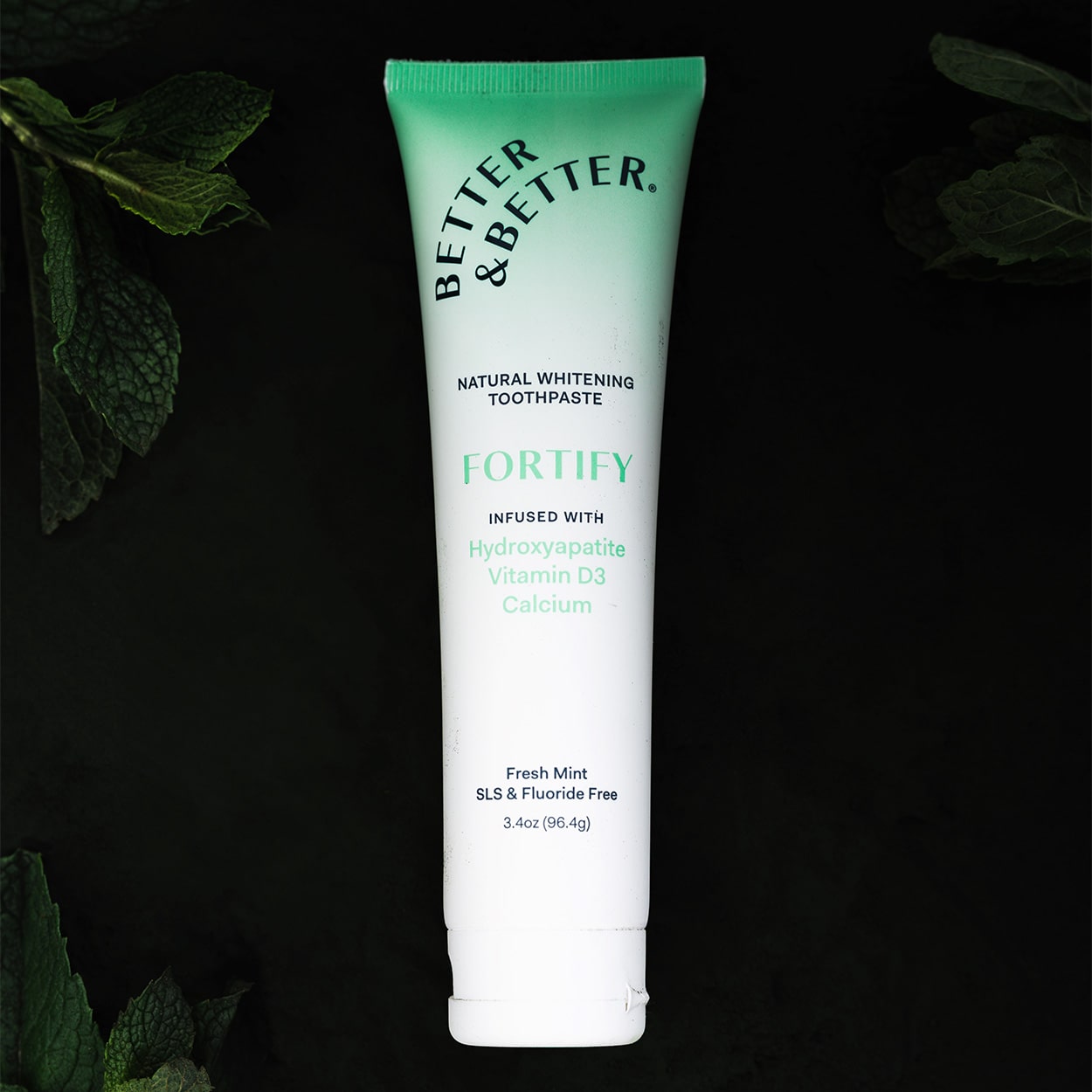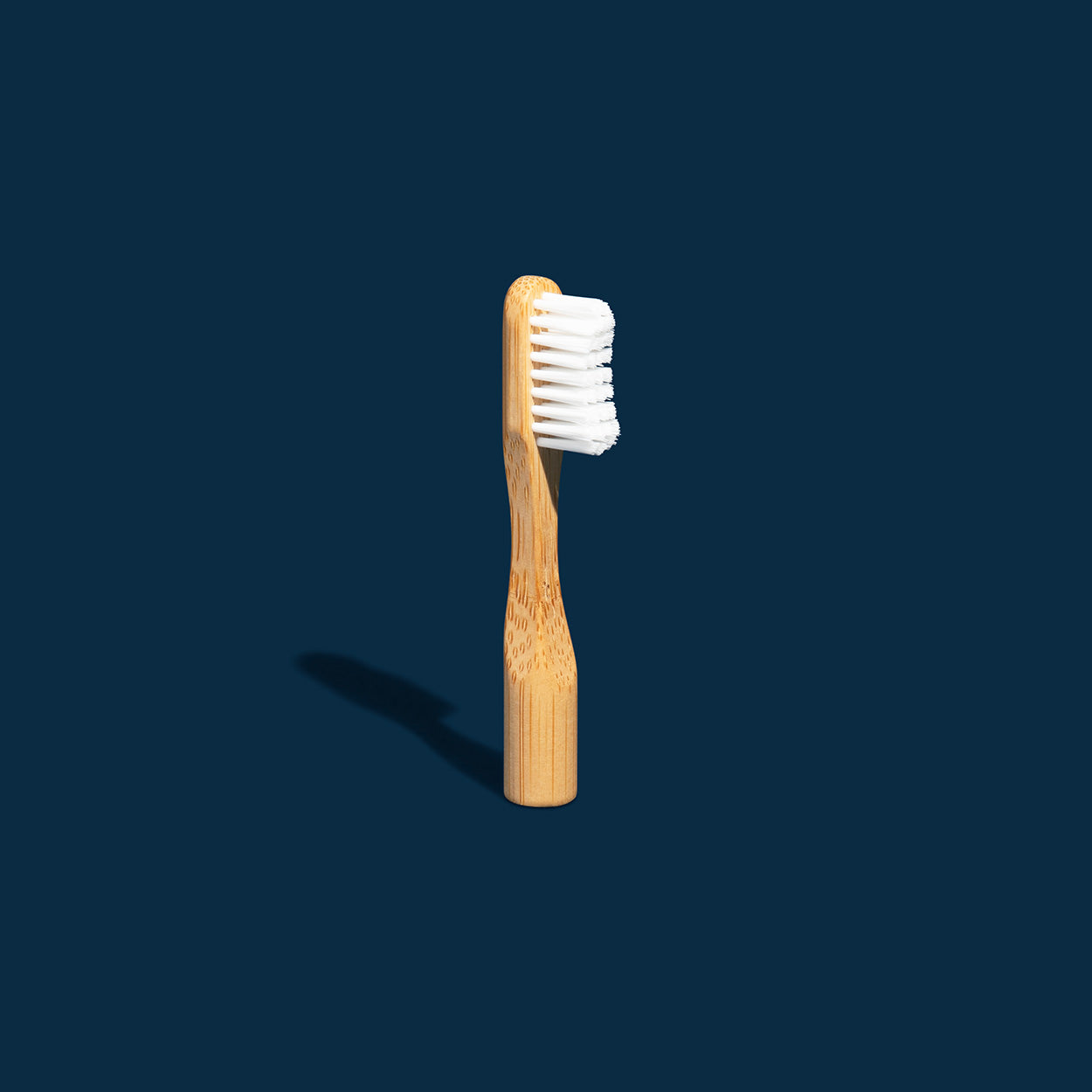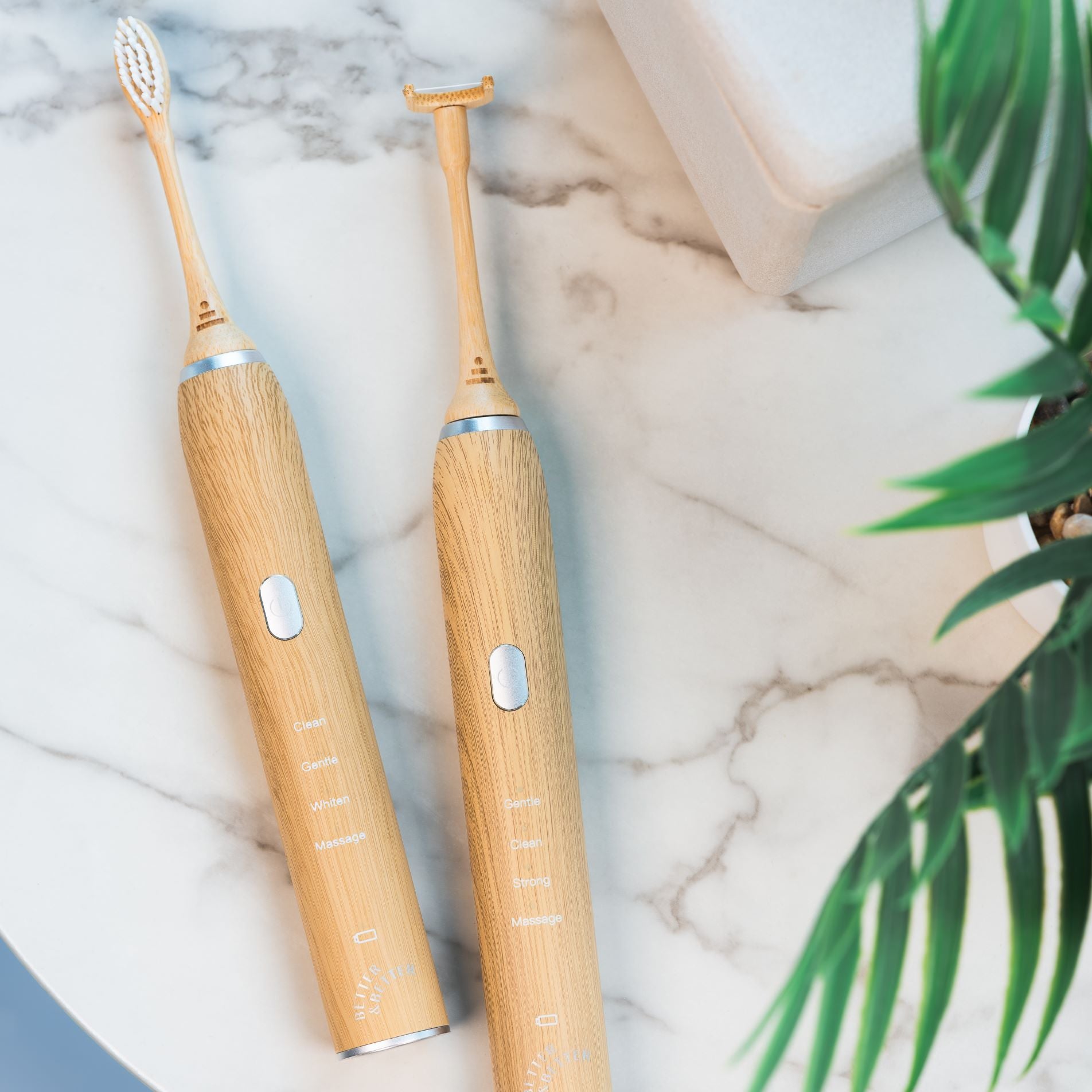FINGER TOOTHBRUSH VS. TRADITIONAL DOG TOOTHBRUSH: WHICH IS BETTER FOR YOUR PET?
Maintaining your dog’s dental health is crucial for their overall well-being. Just like humans, dogs need regular teeth cleaning to prevent plaque buildup, gum disease, and bad breath. Two popular options are finger toothbrushes and traditional toothbrushes, including advanced designs like the 3-sided dog toothbrush. In this guide, we’ll break down the pros and cons of each, helping you choose the best option for your dog.
Why Dental Care for Dogs Is Important
Before diving into toothbrush comparisons, let’s discuss why brushing your dog’s teeth is so vital. According to the American Veterinary Medical Association (AVMA), 80% of dogs by the age of 3 develop some form of dental disease. This can lead to serious health issues, including heart disease, if not addressed.
Regular brushing helps to:
-
Prevent plaque and tartar buildup
-
Reduce the risk of periodontal disease
-
Improve overall health by reducing harmful bacteria
WHAT IS A FINGER TOOTHBRUSH FOR DOGS?
A finger toothbrush is a small, silicone brush that fits over your finger, allowing you to gently brush your dog’s teeth. It is especially popular among pet owners with smaller dogs or those new to the brushing routine. The soft bristles are designed to clean teeth without causing discomfort, making it easier for pet parents to reach all areas of the mouth.
Pros of Finger Toothbrushes:
-
Ease of Use: Finger toothbrushes give you greater control when cleaning your dog’s teeth, particularly in hard-to-reach areas.
-
Comfort for the Dog: The softer bristles are gentler on sensitive gums, making it ideal for dogs who resist brushing.
-
Compact Design: The small size makes it perfect for travel or for dogs who are skittish around larger tools.
Cons of Finger Toothbrushes:
-
Limited Reach: It can be challenging to clean the back molars effectively, particularly for larger breeds.
-
Durability: Finger toothbrushes tend to wear out faster due to their softer material.
WHAT IS A TRADITIONAL DOG TOOTHBRUSH?
Traditional dog toothbrushes resemble human toothbrushes, though they are specifically designed for a dog’s unique dental structure. Many modern options, like the 3-sided dog toothbrush, have three brush heads to clean all sides of the teeth simultaneously.
Pros of Traditional Toothbrushes:
-
Thorough Cleaning: With designs like the 3-sided dog toothbrush, you can clean multiple tooth surfaces at once, ensuring a more thorough clean.
-
Longer Reach: Traditional toothbrushes are generally better at reaching deep into the back of the dog’s mouth, where plaque tends to accumulate.
-
Variety of Options: You can choose from single-sided, double-sided, or even 3-sided brushes depending on your dog’s needs.
Cons of Traditional Toothbrushes:
-
More Resistance: Some dogs find the larger brush size uncomfortable, especially if they are not used to having their teeth brushed.
-
Training Required: It may take some time for your dog to get accustomed to a traditional toothbrush, particularly if they have only used finger toothbrushes in the past.
COMPARING THE TWO: WHICH IS BETTER?
So, which is better: a finger toothbrush or a traditional dog toothbrush?
The answer depends largely on your dog’s temperament, size, and dental health needs. If you have a smaller or more sensitive dog, a finger toothbrush may be the better option, particularly if you're just getting started with dental care. However, for larger breeds or dogs with a history of dental issues, a 3-sided dog toothbrush might provide a more comprehensive clean, especially around the back molars.
INTRODUCING THE PETSIE TOOTHBRUSH: A REVOLUTION IN DOG DENTAL CARE
At Petsie, we’ve combined the benefits of traditional toothbrushes with cutting-edge technology to create a superior dog dental care experience. The Petsie Dog Toothbrush utilizes electrolytic technology, which has been clinically proven to remove harmful bacteria and plaque more effectively than regular brushing.
Why Choose the Petsie Toothbrush?
-
No Toothpaste Required: The electrolytic technology eliminates the need for toothpaste, making brushing quicker and more convenient.
-
Bacteria-Removing Power: The small electric current generated by the Petsie toothbrush breaks down plaque and tartar, ensuring a deeper clean.
-
Quiet and Comfortable: Unlike electric toothbrushes that may startle pets, the Petsie brush operates silently and without vibrations.
-
Ergonomic Design: With an angled handle and soft bristles, the Petsie toothbrush is easy to use and gentle on your dog’s gums.
The Petsie toothbrush is suitable for dogs of all sizes, and with its interchangeable brush heads, you can always ensure your dog gets the best care. Whether you’re looking for a finger toothbrush for dogs or a traditional option, the Petsie brush offers the benefits of both while being more effective and convenient.
How to Choose the Right Toothbrush for Your Dog
Here are a few factors to consider when choosing between a finger toothbrush, a traditional dog toothbrush, or an advanced model like the Petsie Dog Toothbrush:
-
Size of Your Dog: Larger dogs may benefit from a traditional or 3-sided toothbrush, while smaller dogs might prefer the comfort of a finger brush.
-
Comfort Level: If your dog is skittish about brushing, starting with a finger toothbrush may make the process easier.
-
Dental Health Needs: For dogs with severe plaque buildup or gum disease, a more thorough cleaning tool, such as the Petsie toothbrush, may be necessary.
-
Ease of Use: If you find brushing your dog’s teeth a challenge, consider investing in tools that make the process quicker and more effective.
CONCLUSION
Both finger toothbrushes and traditional dog toothbrushes have their pros and cons, and the best choice depends on your dog’s specific needs. However, advanced options like the Petsie Dog Toothbrush offer the best of both worlds with innovative technology designed to enhance your dog’s oral health. By investing in the right dental care products, you’re ensuring a healthier, happier life for your furry friend.
FREQUENTLY ASKED QUESTIONS
1. How often should I brush my dog’s teeth?
It’s recommended to brush your dog’s teeth at least 2-3 times per week. Daily brushing is ideal for optimal dental health.
2. Can I use a human toothbrush for my dog?
It’s best to use a toothbrush specifically designed for dogs. Human toothbrushes can be too abrasive and may not reach all areas of your dog’s mouth effectively.
3. Do I need to use toothpaste with the Petsie toothbrush?
No, the Petsie toothbrush uses electrolytic technology, which eliminates the need for toothpaste.
4. Is a finger toothbrush good for all dog sizes?
Finger toothbrushes are typically best for smaller dogs. For larger dogs, a traditional toothbrush or a 3-sided dog toothbrush is more effective.
5. How can I train my dog to tolerate brushing?
Start slowly by allowing your dog to sniff and explore the toothbrush. Gradually introduce brushing, using treats and praise to create positive associations.
6. How long does the Petsie toothbrush last?
The Petsie toothbrush has a long-lasting battery and comes with durable, interchangeable heads that can be replaced as needed.


